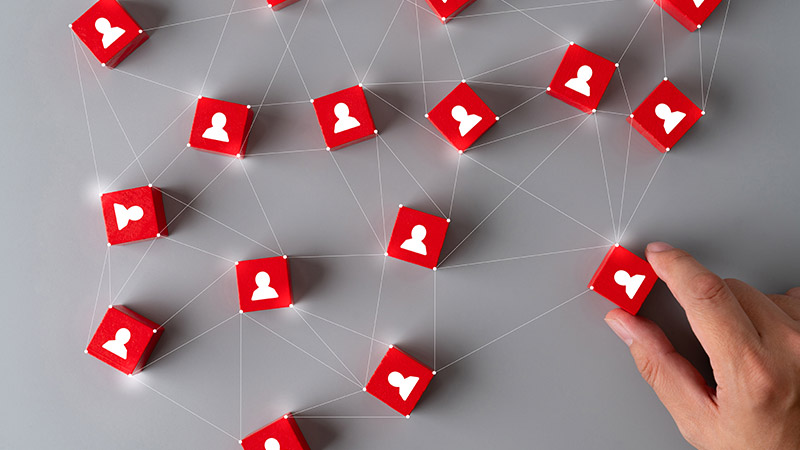The QR Code Renaissance - Making direct mail digital.

QR codes have received an unexpected resurrection during Covid-19, becoming a vital tool for navigating pandemic life. But will they sink back into the depths when no longer needed?
by Gary Howard
A survey by Statista found that almost 32% of respondents had scanned a QR code in the past week, and more than 8% scanning in the last 24 hours. Needless to say, the results of that survey would have been very different this time last year, and it is Covid-19 that has caused this sharp increase in awareness and usage, but there promises to be some unexpected creative applications of the technology emerging now that it has become ubiquitous around the globe.
These Quick Response codes were originally invented by Japanese engineer Masahiro Hara to track car parts in a factory, and while the codes may look ugly and functional, it is an elegant piece of technology. Each code is a unique two-dimensional square that allows anyone to store up to 4,200 characters (compared to 20 on the barcode, its intended predecessor) and trigger a digital call to action.
While the codes may look ugly and functional, it is an elegant piece of technology
Most notably the QR code quickly went on to become the underlying mainstay of China’s frictionless economy — where scanning codes enables everything from ordering food in restaurants and unlocking city bikes, to sharing contact details and making payments. Apple quietly introduced an update in 2017 that enabled the iPhone camera to recognise QR codes, but it never really caught on outside of China and only became more widely used this year.
With such an increase in popularity, the race is on to differentiate and play with the visual presentation of the technology beyond the current standard. Some will even hope to take ownership of QR code functionality at a brand level. Earlier this year images were leaked online that appear to reveal Apple-branded QR codes labelled ‘Cosmic’’, made up of cones of varying sizes instead of a matrix of squares. Typical of Apple they seem to be both beautiful and functional at the same time.
Spotify has also developed its own codes that can be generated to share songs, artists, and playlists. They work like an Intelligent Mail Barcode (as described in this fascinating blog post by Peter Boone) and work well from a brand perspective as they look like a sort of futuristic music notation.
Another likely beneficiary from the QR code renaissance is Augmented Reality. While a lot of AR experiences rely on cutting edge hardware to read the geometry of the 3D space, you’ll notice every QR code includes three squares at its corners. It’s this that helps scanners to focus rapidly (hence, Quick Response) but also anchor the AR experience to a fixed relative position. With the growing popularity of platforms like Spark AR, and the continued shift away from face filters towards so-called ‘world AR’, the new wider understanding of QR codes could provide a combination that sees Augmented Reality finally tip into the mainstream.
The new wider understanding of the QR code could provide a combination that sees Augmented Reality finally tip into the mainstream
While we shouldn’t jump to the erroneous conclusion that QR codes will replace the URL any time soon, the uptick in usage could at least be a mild salve to companies that suffer from lengthy web addresses.
Expect to see QR codes appear in US and UK advertising with the same widespread usage seen in China, and increasingly inventive applications as creative companies find new ways to visualise this simple but undervalued technology. And if nothing else, let’s all hope they stick around longer than the pandemic that brought them back into fashion.
To sum up this 23-year-old technology and direct mail have formed a long-lasting relationship together after tiptoeing around each other for 23 years! ROI has always been a difficult question to answer for direct mail users as has direct sales attribution. It has, unfortunately, taken a devastating global pandemic to change behaviour and accept them in the west as readily as they have been accepted on the east.
And through an online platform and lights out automation, we at Precision have made the process of placing a campaign, easy!




